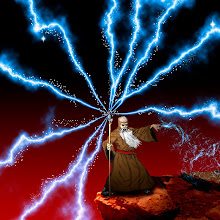The internet has really changed cartography over the last decade providing nearly everyone with the tools to make maps. Tools like Google Maps, Maker, and Open Street Map have democratized mapping in ways that no one could have predicted even twenty years ago. This plethora of mapping has been both beneficial and harmful to the profession of cartography. While it’s good to see the geographic knowledge of the general public increase, it’s also disheartening to witness the flood of trashy maps that poorly display information and pass for cartography. Some would say that cartographers are no longer needed, but I would counter that there is no time in history that they are needed more. We have to educate users and makers on what constitute acceptable cartographic conventions, what techniques best communicate information, and what pitfalls lurk when data is presented as truth, when in fact in may not be. I could write an entire post just on this subject, but let’s get back on track.
One of the most recent developments in online mapping has been the ability for multiple people to collaborate on a single mapping project. As shown in the video tutorials below, we now can all have our say and represent our opinions spatially. Imagine how useful these tools can be for professional and community decision making. Where should we put that new bike path? Do we need another liquor store near these five other locations? How many types of projects can you envision using this technology with? The tools are right at your finger tips; put them to good use!
And here are a few extra tips for working in Google Maps. I also did a video of the basic tools before I found Google's slick tutorial. It has some repeat information, but you can watch it HERE if you like. All this should be enough to get you started. Cheers!



